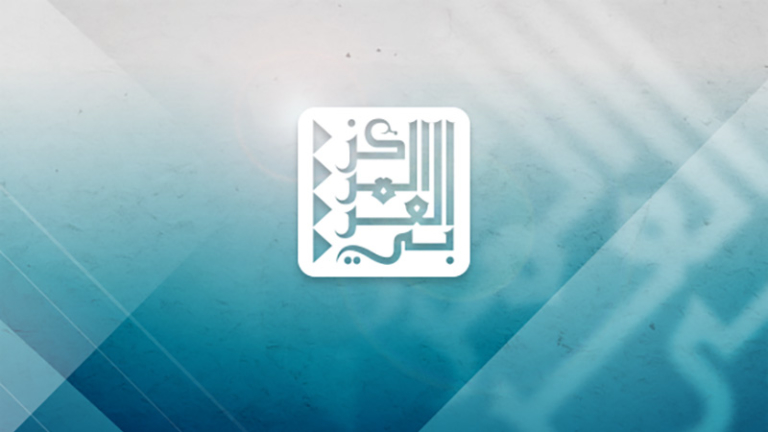
When the conflict in Syria broke out in March of 2011, there was no indication as to the duration or the enormity of the ensuing humanitarian crisis. According to a recent United Nations statement, over a quarter of a million people have been killed as a result of the violence and over 4.8 million have fled the country. In addition, there are 6.6 million that are internally displaced. As refugees continued their escape, neighboring countries opened their borders and sheltered the men, women and children fleeing the unbridled brutality of this new war. Jordan, which neighbors Syria to the south, received 636,040 registered refugees and countless others that crossed into Jordan are living outside the camps.
The first official refugee camp was set up in July 2012 and was catering to incoming refugees from the Dara’a area on the Jordanian-Syrian border. Now the 4th largest “city” in Jordan and the world’s second largest refugee camp, the Za’atari camp is home to thousands of UNHCR tents, a supermarket and makeshift streets and villages. As the families kept crossing seeking refuge, the camp continued to grow in an ad hoc manner in an attempt to accommodate the massive influx.
In order to continue catering to the continuous influx of refugees, Jordan opened a new camp in the Azraq area which was very well planned with a capacity of up to 130,000. The camp is divided into nine “villages” or communities with 3,500 caravans each housing up to 15,000 refugees. Each “village” has two clinics, playground, police units and a school. Registered refugees in the camp receive vouchers for food and other supplies that they purchase at the on-site Sameh Mall. School students are provided snacks by the World Food Program. NGOs working in Azraq Refugee Camp hire staff from within the refugee community to help them meet the needs of the camp population, thus generating income for their families instilling a sense of productivity. In addition, a UK contractor, Siren Associates, is training local Jordanian police in managing security at the camp as well as members of the Syrian refugee communities as civil police that operate inside in the camp to keep the peace and liaise with the respective police departments.
Entry into the camp is allowed only with permits issued by the Ministry of Interior’s Refugee Affairs Coordination Office, a process that can take anywhere from 7-10 days.
Once I obtained my permit, I drove along the desert road to the Azraq Camp, located in a mostly arid area about 62 miles east of the capital city of Amman. Upon arrival at the camp, I was greeted by Jordanian Police Officers who checked the authenticity of my permit and then proceeded to allow entry into the camp. The Jordanian Police officers were very friendly both with me and with the refugee kids that surrounded our vehicle as we made stops through the camp. The kids would come up with their beautiful innocent smiles and ask to have their pictures taken. It was heartwarming and heartbreaking at the same time.
On site at the refugee camp were two enclosed and fenced in areas, each designated for a particular vulnerable segment of refugees. One is for women that have been victims of various acts of violence and the other area is for underage children, most likely orphaned, that crossed the Jordanian borders without adult family members. For safety and security of all these individuals, no photos were allowed in either area within the camp.
Jordan’s commitment to sheltering these refugees is highly commendable and is in sharp contrast to the treatment and reception they received in Europe as they desperately clung to unsafe boats seeking safety on European shores only to find themselves in some of the worst humanitarian conditions seen outside their home country of Syria.
Click HERE for a photo essay of my findings inside the Azraq Refugee Camp in Jordan.

